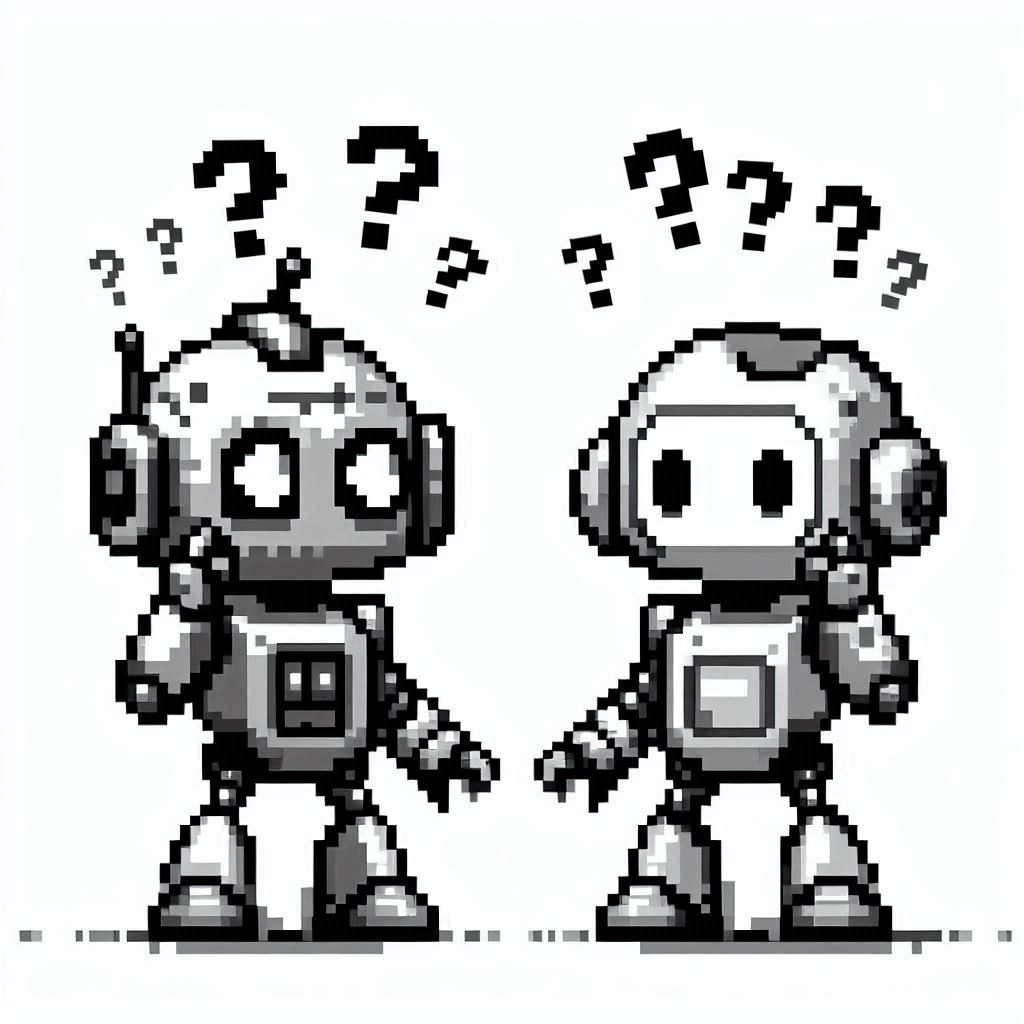Terms like "automation" and "artificial intelligence (AI)" are often used interchangeably. However, while they are related, they are not the same thing. Understanding the difference between automation and AI is crucial for businesses looking to leverage these technologies effectively. In this article, we'll explore what sets these two apart, how they intersect, and the unique benefits each can bring to your operations.
Automation: The Basics
Let's start with automation. Automation involves using technology to perform tasks without human intervention. These tasks are typically repetitive and rule-based, making them ideal candidates for automation. Examples include:
- Manufacturing Processes: Automated assembly lines in factories.
- Office Tasks: Automated data entry, email responses, and scheduling.
- Customer Service: Chatbots handling basic customer inquiries.
The primary goal of automation is to increase efficiency, reduce errors, and save time. It's about making processes run smoothly and consistently without the need for constant human oversight.
Key Characteristics of Automation:
- Rule-Based: Follows predefined rules and procedures.
- Repetitive: Ideal for tasks that are performed frequently and consistently.
- Predictable: Operates within a fixed set of parameters and doesn't adapt or learn.
Artificial Intelligence: The Basics
Artificial intelligence, on the other hand, goes a step beyond automation. AI involves creating systems that can mimic human intelligence. These systems can learn from data, recognise patterns, and make decisions with minimal human intervention. Examples include:
- Machine Learning: Algorithms that learn and improve from experience.
- Natural Language Processing (NLP): Systems that understand and respond to human language.
- Computer Vision: Technology that interprets visual information.
AI aims to create systems that can perform tasks that typically require human intelligence, such as understanding language, recognising images, and making complex decisions.
Key Characteristics of AI:
- Learning-Based: AI systems learn and improve over time.
- Adaptive: Can adjust to new information and changing environments.
- Complex Problem-Solving: Capable of handling tasks that involve human-like decision-making.
Automation vs AI: The Key Differences
While both automation and AI aim to improve efficiency and productivity, they do so in different ways. Here are the key differences:
- Complexity:
- Automation: Deals with simple, repetitive tasks based on predefined rules.
- AI: Handles complex tasks that require learning, adaptation, and decision-making.
- Flexibility:
- Automation: Fixed and inflexible, operates within a set framework.
- AI: Flexible and adaptive, capable of evolving with new data.
- Human Intervention:
- Automation: Requires human setup and maintenance but operates independently.
- AI: Designed to operate independently but often needs human oversight for learning and improvement.
- Scope of Application:
- Automation: Limited to specific tasks that don't require cognitive abilities.
- AI: Broad application across various fields that require human-like intelligence.
How Automation and AI Work Together
In many modern applications, automation and AI are used together to create more powerful and efficient systems. For instance:
- Automated Customer Service: A chatbot (automation) that uses natural language processing (AI) to understand and respond to customer queries.
- Predictive Maintenance: Automated systems in manufacturing that use AI to predict equipment failures before they happen.
- Personalised Marketing: Automated email campaigns that leverage AI to personalise content based on user behaviour.
By combining automation's efficiency with AI's intelligence, businesses can achieve significant improvements in performance and customer satisfaction.
Benefits of Automation
- Increased Efficiency: Automation speeds up processes and reduces the need for manual intervention.
- Consistency and Accuracy: Automated systems perform tasks the same way every time, reducing the likelihood of errors.
- Cost Savings: Reducing manual labour and increasing efficiency can lead to significant cost savings.
- Scalability: Automation allows businesses to scale their operations without a proportional increase in resources.
Benefits of AI
- Improved Decision-Making: AI systems can analyse large amounts of data and provide insights that help businesses make better decisions.
- Enhanced Customer Experience: AI can personalise customer interactions, providing more relevant and timely responses.
- Innovation: AI can drive innovation by enabling new capabilities and applications.
- Adaptability: AI systems can learn and adapt, making them more resilient to changes and new challenges.
Challenges and Considerations
While both automation and AI offer significant benefits, they also come with challenges:
- Implementation Costs: Both technologies can be expensive to implement, requiring investment in software, hardware, and training.
- Data Privacy: AI systems often rely on large amounts of data, raising concerns about privacy and security.
- Job Displacement: Automation and AI can lead to job displacement, requiring businesses to manage the transition for their workforce.
- Complexity: Implementing AI can be complex, requiring specialised knowledge and expertise.
Future Trends
Looking ahead, we can expect to see even greater integration of automation and AI. Some future trends include:
- Hyperautomation: Combining multiple automation tools with AI to create highly automated processes.
- AI-Driven Automation: Using AI to enhance and optimise automated systems, making them more intelligent and adaptable.
- Edge AI: Deploying AI systems at the edge of networks to enable real-time processing and decision-making.
- AI and IoT Integration: Combining AI with the Internet of Things (IoT) to create smart, interconnected systems.
Conclusion
In conclusion, while automation and AI are distinct technologies, they complement each other in powerful ways. Automation handles the repetitive, rule-based tasks that free up human workers for more strategic activities, while AI brings the intelligence and adaptability needed to tackle complex problems.
By understanding the differences and synergies between automation and AI, businesses can make informed decisions about how to leverage these technologies for maximum benefit. Whether you're looking to streamline operations, enhance customer experiences, or drive innovation, both automation and AI have a critical role to play in the future of business.
So, the next time you hear someone using automation and AI interchangeably, you'll know the nuances that set them apart and the incredible potential they hold when used together. Embrace the future, and let these technologies transform your business.
